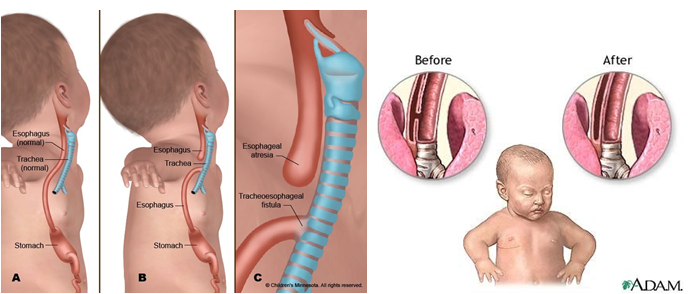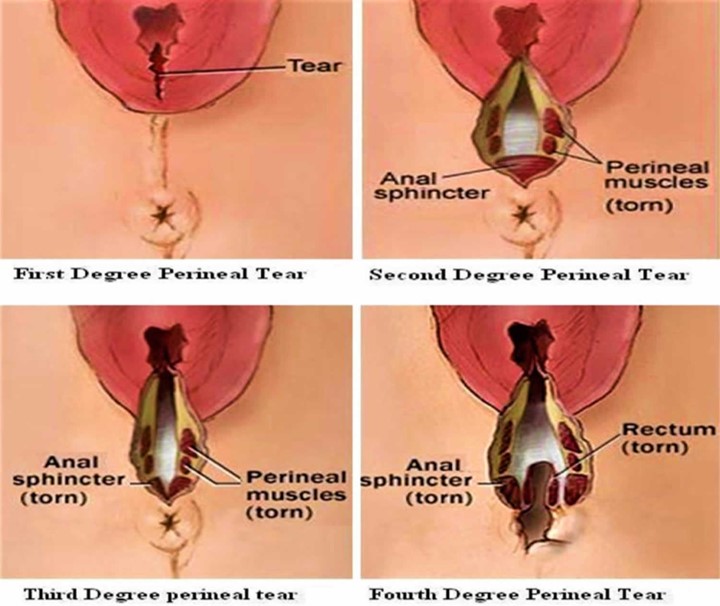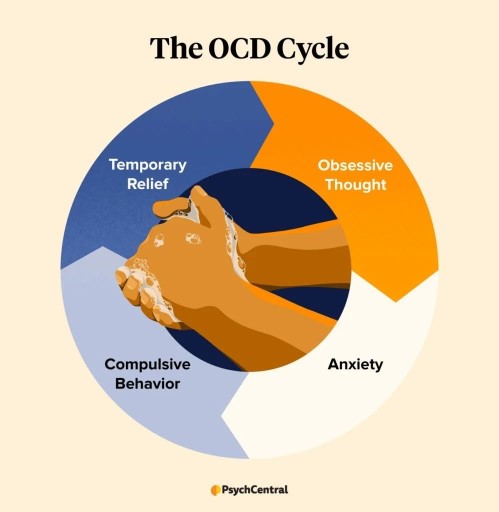A newborn infant with a tracheoesophageal repair is receiving gastrostomy (GT) feedings postoperatively. Which intervention should the practical nurse (PN) implement during the GT feedings?
Burp the infant after every 10 mL of formula and re-feed any volume that is spit up.
Place the infant in the right lateral position to facilitate gastric emptying.
Offer a pacifier during the feedings to satiate the sucking reflex associated with feedings.
Flush the GT with 50 mL water and clamp the GT to prevent leakage.
The Correct Answer is C
During gastrostomy (GT) feedings for a newborn infant with a tracheo-esophageal repair, the practical nurse (PN) should offer a pacifier to satiate the sucking reflex associated with feedings. Sucking is a natural reflex for infants and providing a pacifier during feedings can help satisfy this need and promote comfort. The other interventions listed may also be important to implement during GT feedings, but offering a pacifier to satiate the sucking reflex is the most appropriate intervention in this situation.

Nursing Test Bank
Naxlex Comprehensive Predictor Exams
Related Questions
Correct Answer is D
Explanation
If a postpartum client who delivered vaginally 6-hours ago and had a second-degree perineal laceration reports feeling increased pain and pressure in her vaginal area, the practical nurse (PN) should apply an icepack to the perineum.Applying an icepack can help reduce swelling and provide pain relief in the affected area. The PN should also monitor the client's condition and report any changes or concerns to the healthcare provider. The other interventions listed may also be appropriate in some situations, but applying an icepack to the perineum is the most appropriate initial intervention in this situation.

Correct Answer is B
Explanation
This is the most appropriate intervention for the PN to implement when approaching a client who is exhibiting compulsive behavior. By allowing time for the behavior, the PN acknowledges the client's need to perform the behavior and avoids creating further stress for the client. Redirecting the client to other activities can also help to refocus the client's behavior and prevent further compulsive behavior.
Encouraging the client to be calm and relax for a little while (A) may not be effective in managing the compulsive behavior.
Teaching the client thought-stopping techniques and ways to refocus behaviors (C) and assisting the client to identify stimuli that precipitate the activity (D) are interventions that may be used in the long term, but they may not be immediately effective in managing the client's behavior in the moment.

Whether you are a student looking to ace your exams or a practicing nurse seeking to enhance your expertise , our nursing education contents will empower you with the confidence and competence to make a difference in the lives of patients and become a respected leader in the healthcare field.
Visit Naxlex, invest in your future and unlock endless possibilities with our unparalleled nursing education contents today
Report Wrong Answer on the Current Question
Do you disagree with the answer? If yes, what is your expected answer? Explain.
Kindly be descriptive with the issue you are facing.
